Med school 2.0: Training the next generation of doctors and nurses. Technology is helping to close the gap between classroom and hospital room.
By Laura Pappano New York Times
NOVEMBER 16, 2018 — 12:15AM
But as technology explodes into patient care (surgeons can preview operations using virtual 3-D images built from a patient’s scans), the gap between medical education and real-world care has “become a chasm,” said Marc Triola, director of New York University Langone’s Institute for Innovations in Medical Education, created in 2013 to address the issue.
“The health care delivery system is changing every day,” he said, “and our medical education system has been lagging.”
In what looks like an urgent game of catch-up, medical and nursing schools are retooling how and what they teach. This is also getting a boost from concern about the looming shortage of primary caregivers.
While “the national narrative is that we need more” doctors and nurses, said Erin Fraher, director of the Carolina Health Workforce Research Center, “that is precisely the wrong way to frame this. The question has to be: Where are the places in the U.S. where patients cannot get access to diabetes care, access to prenatal care?”
Those questions are redesigning health care education, with more community-based clinic rotations, special programs (and scholarships) for rural and underserved students, and a greater role for nurses and nurse practitioners. As schools seek to make learning more efficient, technology — including virtual reality — is a big part of that.
The availability of such tools is changing how students acquire science content. But the bigger deal may be what technology is doing to skill learning.
Marlene Alfaro, a second-year student at the University of California Riverside School of Medicine, can slip on goggles and — in virtual reality — call up a beating heart and, with a controller, probe its structures. In the textbook, she said, “it was hard for me to visualize.” Virtual reality “lets me see real quick how everything goes together.”
No one wants to be the first human a student intubates (navigating a breathing tube down a patient’s throat), yet students have often trained on real patients. Now, lifelike simulations are giving students more chances to practice before plunging in for real.
In replica hospital rooms fitted with mannequins programmed to mimic conditions like strokes and seizures, and that can bleed, blink and give birth, students get “deliberate practice,” said Robert Morgan, director of the Greenville Health Care Simulation Center in South Carolina.
Rather than hope to encounter a teaching opportunity in the hospital, he said, “you come here and start your first 10, 15, 100 IVs before you actually have to place one in a patient.”
Instructors have used mannequins for decades to teach CPR. But recently, he said, technology has advanced, giving students the realistic experience of caring for a patient.
Which is what was happening at Clemson’s newly opened $31.5-million nursing school on the Greenville campus. From behind two-way mirrors, instructors used consoles to adjust “patient” heart rates and responses to treatments.
For students, simulations let them rehearse treatment choices, as well as the best ways to talk with patients. Instructors can create dire circumstances like uncontrolled bleeding (though “nobody dies until senior year” said Jean Ellen Zavertnik, the lab director), or a scenario letting students puzzle over when (and when not) to give a patient insulin.
Traditional health care has been slow to respond to patients’ varying circumstances, but medical training has been stuck, focused on acute hospital-based care, said Paul Lyons, chairman of the department of family medicine at the UC Riverside School of Medicine.
Yet, he said, bigger issues for much of the population are chronic diseases like hypertension and diabetes. Those may call for strategies around smoking cessation, obesity and other lifestyle issues, which Lyons said, are skills different from what students are usually taught. “It is as if I trained you to drive in rural Iowa,” he said, “but then set you up to drive in Manhattan.”

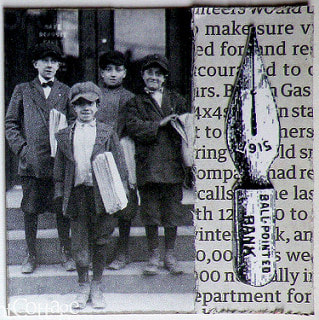
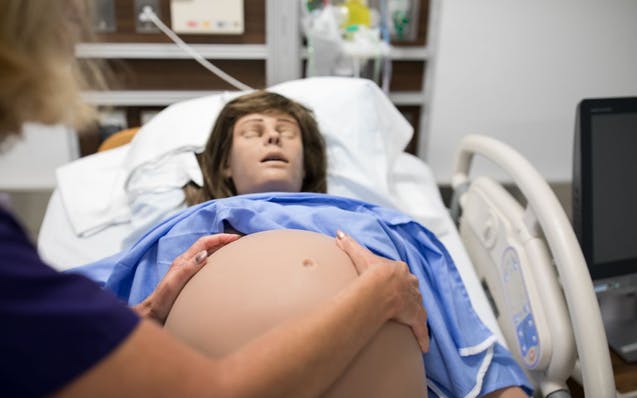
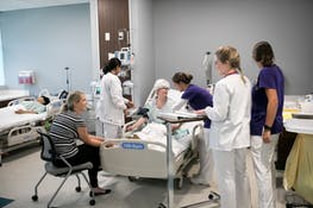




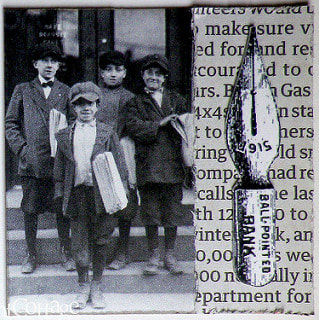



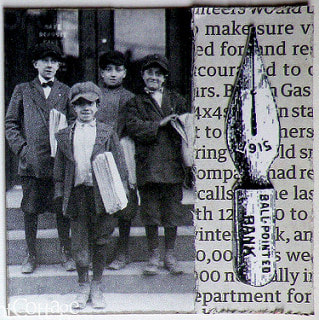
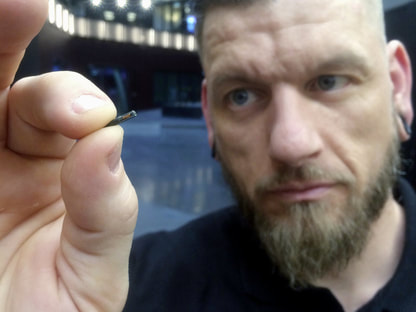
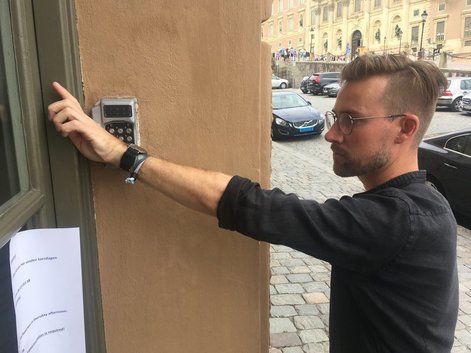
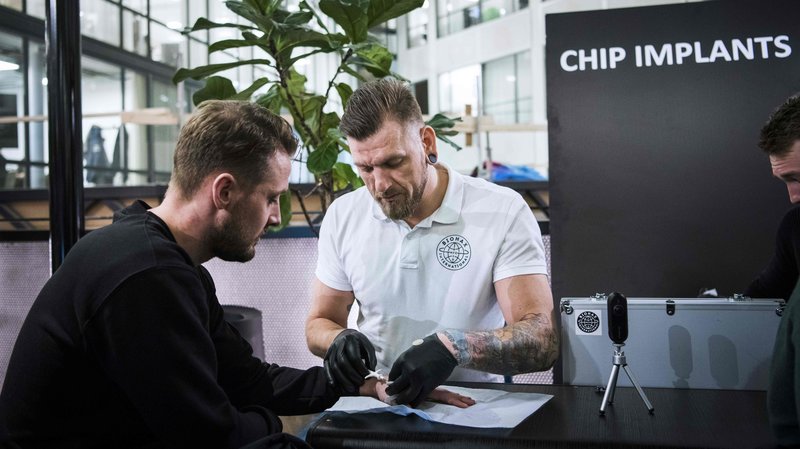
 RSS Feed
RSS Feed